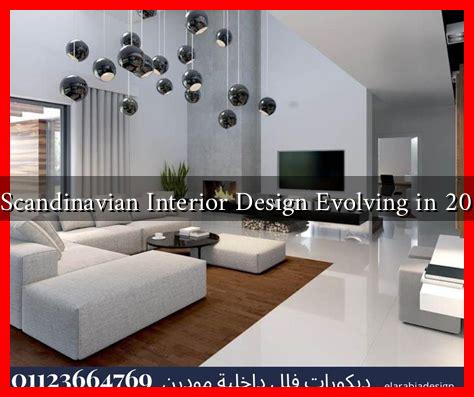-
Table of Contents
Is Scandinavian Interior Design Evolving in 2023?
Scandinavian interior design has long been celebrated for its minimalist aesthetic, functionality, and emphasis on natural materials. However, as we step into 2023, the question arises: is this beloved design style evolving? This article explores the current trends, influences, and innovations shaping Scandinavian interior design this year.
The Roots of Scandinavian Design
Before delving into the evolution of Scandinavian design, it’s essential to understand its roots. Originating in the early 20th century, Scandinavian design is characterized by:
- Minimalism: Clean lines and uncluttered spaces.
- Functionality: Every piece serves a purpose.
- Natural Materials: Wood, wool, and stone are commonly used.
- Light Colors: A palette dominated by whites, grays, and soft pastels.
This design philosophy was not just about aesthetics; it was also a response to the harsh Nordic climate, aiming to create warm, inviting spaces that promote well-being.
Current Trends in 2023
As we navigate through 2023, several trends are emerging that indicate a shift in Scandinavian interior design. These trends reflect broader societal changes, including sustainability, technology, and a desire for personalization.
1. Emphasis on Sustainability
In 2023, sustainability is at the forefront of design choices. Consumers are increasingly aware of their environmental impact, leading to a demand for eco-friendly materials and practices. Key aspects include:
- Use of Recycled Materials: Furniture and decor made from reclaimed wood and recycled metals.
- Biophilic Design: Incorporating plants and natural elements to enhance indoor air quality and well-being.
- Energy Efficiency: Smart home technologies that reduce energy consumption.
Brands like Finnish Design Shop are leading the charge by offering sustainable products that align with these values.
2. Bold Colors and Patterns
While traditional Scandinavian design favors a muted color palette, 2023 is witnessing a shift towards bolder colors and patterns. This evolution allows for more personalization and expression within the home. Notable trends include:
- Rich Jewel Tones: Deep greens, blues, and burgundies are making a comeback.
- Graphic Patterns: Geometric shapes and abstract designs are being integrated into textiles and wallpapers.
- Accent Walls: A single wall painted in a bold color or adorned with striking wallpaper can create a focal point.
This trend is exemplified by brands like Bohomood, which offers vibrant textiles that breathe new life into traditional designs.
3. Mixing Styles
Another significant evolution in 2023 is the blending of Scandinavian design with other styles. This fusion creates unique spaces that reflect individual tastes. Popular combinations include:
- Scandi-Boho: Incorporating bohemian elements like macramé and layered textiles.
- Industrial Scandi: Merging raw materials like metal and concrete with soft Scandinavian furnishings.
- Mid-Century Modern: Combining classic mid-century pieces with contemporary Scandinavian designs.
This mixing of styles allows homeowners to create spaces that are not only functional but also deeply personal.
Case Studies: Brands Leading the Change
Several brands are at the forefront of this evolution in Scandinavian design. For instance:
- IKEA: Continues to innovate with sustainable products and bold designs, appealing to a younger demographic.
- Muuto: Focuses on modern interpretations of classic Scandinavian design, incorporating vibrant colors and unique forms.
- HAY: Blends functionality with playful aesthetics, pushing the boundaries of traditional Scandinavian design.
Conclusion
In conclusion, Scandinavian interior design is indeed evolving in 2023. The emphasis on sustainability, the introduction of bold colors and patterns, and the blending of styles are reshaping this iconic design philosophy. As consumers seek more personalized and environmentally conscious options, the future of Scandinavian design looks bright and diverse. By embracing these changes, designers and homeowners alike can create spaces that are not only beautiful but also reflective of contemporary values and lifestyles.

